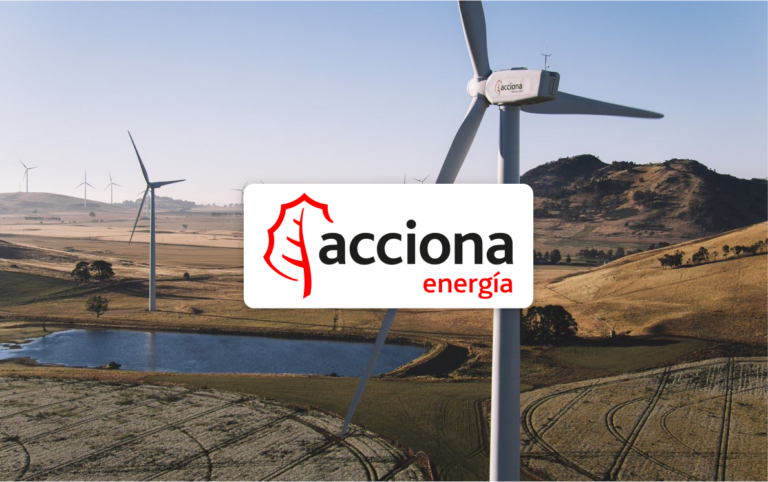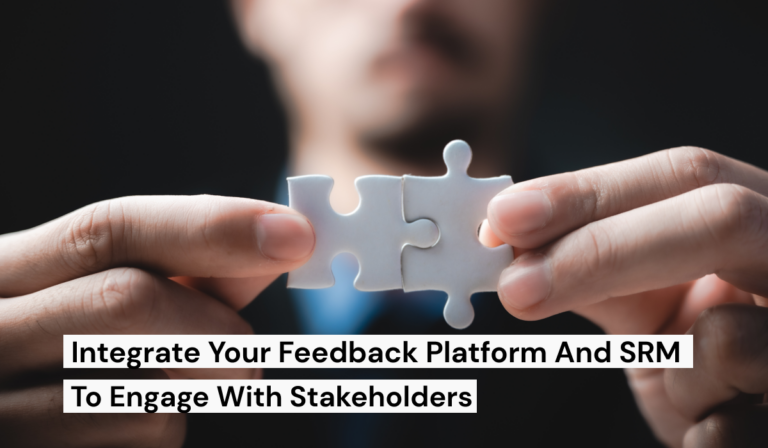As our stakeholder networks become larger and more complicated, it’s important that we hone our stakeholder identification techniques to pinpoint and strategically engage the people with the most influence over our success.
It’s important to build long-term, collaborative, and trust-based relationships with influential stakeholders who have both the desire and ability to affect the success of our projects. To do that, we first have to pinpoint who these people are and what they care about.
Since we’re expected to measure and maintain positive perceptions over a longer period of time, with a larger ecosystem of interconnected stakeholders than ever before, it’s important to combine tried and tested stakeholder identification techniques with the latest stakeholder relationship management tools.
Step 1: Stakeholder Identification
Some of your stakeholders will be important allies, while others may oppose or even resist your project. That’s why it’s essential to conduct a thorough stakeholder analysis before a project begins.
With your team, list all of the people who are affected by your work, have a vested interest in its success or failure, or have influence over its outcomes. Remember that your stakeholders could come from both inside and outside the business, so consider investors, employees, customers, suppliers, communities, governments, and trade associations.
You should also tap into the historical data in your stakeholder relationship management platform to identify important stakeholders from similar projects that you have run in the past. Stakeholder relationships don’t exist on a project-by-project basis. They are long term and interactions from the past can affect interactions today, so be sure to use all of the relationship data at your fingertips.
Step 2: Stakeholder Prioritisation
Hopefully, you have generated a huge list! To keep your eyes on the big picture, the next step is to prioritise your stakeholders based on their level of influence and interest in your project. By ranking stakeholders based on their interest and influence, you can create a stakeholder power interest grid. This helps you to visually assess influential stakeholders, then decide how to engage and consult them.
High influence and high-interest stakeholders will follow your project’s success and can control the resources and inputs that you need to succeed. So you need to go beyond adequately informing these people. You need to make the greatest efforts to satisfy them, involve them throughout key phases of your project, and continuously engage them.

You can use your stakeholder relationship management platform in two different ways here.
Pinpoint stakeholders from past projects who had the most connections with major events and issues, the strongest sentiment, or were at the center of complaints or positive interactions.
You can also set up a custom data capture and tagging system so that you can easily search and monitor influential stakeholder groups throughout the lifetime of your project. Feeding that group’s interactions into a custom reporting dashboard will also help you to monitor your engagement efforts and their sentiment over time.
Step 3: Stakeholder Analysis
Now it’s time to analyse how different stakeholder groups feel about your project. As a group, you can ask a range of questions to help you empathise with the people you are impacting:
- What motivates them?
- What is their vested interest in your work? Is it financial, emotional, cultural, or something else?
- What information about your work is most relevant to them?
- What is the best way to explain information and reach them?
- What do they think of your work so far? What factors have influenced that belief?
- Who influences them? Should you also add those people to your stakeholder list?
If you have been using a stakeholder relationship management platform, then you would have saved a full stakeholder relationship history from your previous projects. Every interaction, whether it happened online, over the phone, or in person should have been saved into the database and connected with the relevant stakeholder. So if you want to start understanding how stakeholders might feel about actions you want to take, then take a look at the cares and concerns they have expressed in the past. A thorough analysis of your influential stakeholders will help you come up with an informed engagement strategy that increases buy-in, reduces opposition, and creates the best possible outcomes for everyone involved.
Building Long-Term, Collaborative, and Trust-Based Relationships
Working closely with influential stakeholders has many benefits. It exposes you to alternative perspectives, opens up opportunities to tailor your approach, and gives your project the best chance of success. However, as your influence expands, so does the number of people that will be affected by your work. At some point, you need to combine the power of human empathy with digital technology to identify stakeholders and their needs on a larger scale.



